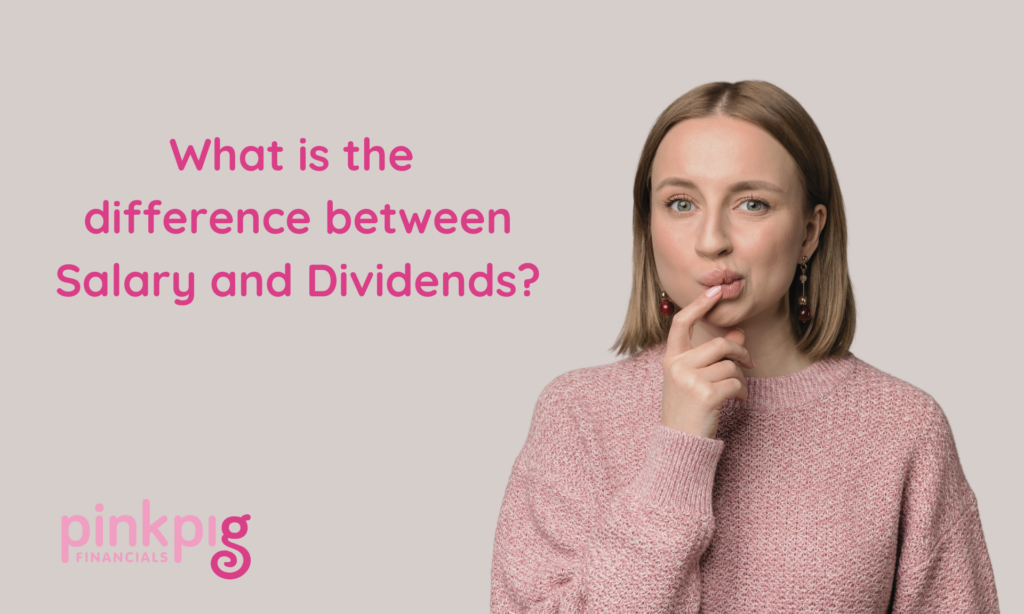So many people know that the most tax efficient way for a director to pay themselves is with a combination salary and dividends.
But what is the difference between them and more importantly is there a risk?
The benefits of taking a salary:
- Builds up the qualifying years for the state pension
- You can take a salary even if the company is making a loss
- It can make it easier to apply for mortgages etc
- As a salary is an allowable expense, it will reduce the company’s corporation tax liability
How do you decide how much salary to take?
You don’t pay personal tax on your earnings until you pass the personal allowance threshold of currently £12,570 (2023/24), but National Insurance is payable once your income passes the primary threshold of currently £12570 (2023/24)
But in order to get the state pension qualifying years it must be over the lower earnings limit which is currently £6,396.
Therefore sole directors tend to set their salary between the lower earnings limit and primary threshold, and then take the remainder of their income in dividends.
If there are two directors or some employees you may be entitled to the Employment Allowance, meaning you it would be more beneficial to both be on the higher salary, of your personal allowance. This is due to the Employment Allowance covering the NI payable by the company.
What are dividends?
Dividends are paid out of the company’s profit, after it has paid all its liabilities including corporation tax. If there isn’t any profit, then there cannot be any dividends paid out.
Dividends are paid out in proportion to the number of shares they hold in the company. There is no requirement that 100% of the profit has to be paid out in the form of dividends. Profits can be retained in the company and paid out at a later date, or used to purchase assets, repay loans etc.
What are the benefits of taking dividends?
- Dividends are taxed at lower rate than a salary
- They do not attract National Insurance liabilities for either the employee or employer
There is a tax free dividend allowance currently, which is in addition to the personal allowance of £1000.
So what are the risks of dividends:
- Dividends are after corporation tax has been calculated and deducted – they are not a tax deductible expense
- Dividends can only be paid if there is a profit for the year or retained
- Your income can be unpredictable when relying heavily on dividends.
- If at year end there is not enough profit to cover the dividends that have been taken, these will be classed as a Director’s loan and will need to be paid back, or taxed.
How do PPF help?
During our initial meeting we will discuss your specific circumstances and work out the right salary mix for you and your business. And it could be that mix changes as your business grows and becomes more stable too. And depending on how many directors and employees you have it could be different too!
We also monitor your figures quarterly as part of our quarterly reporting as standard, so we can keep an eye on your dividend levels to ensure you don’t take more than you have in profits after corporation tax. We can then adjust the salary/dividend mix so we can stop you taking too much before it becomes an issue.
If you want to know more about how we can help you get the right salary to dividend mix, or any part of your accounts, pop over to our Get Started Page. Complete the quick questionnaire to book a discovery call with us.
For more on the thresholds check out gov.uk

